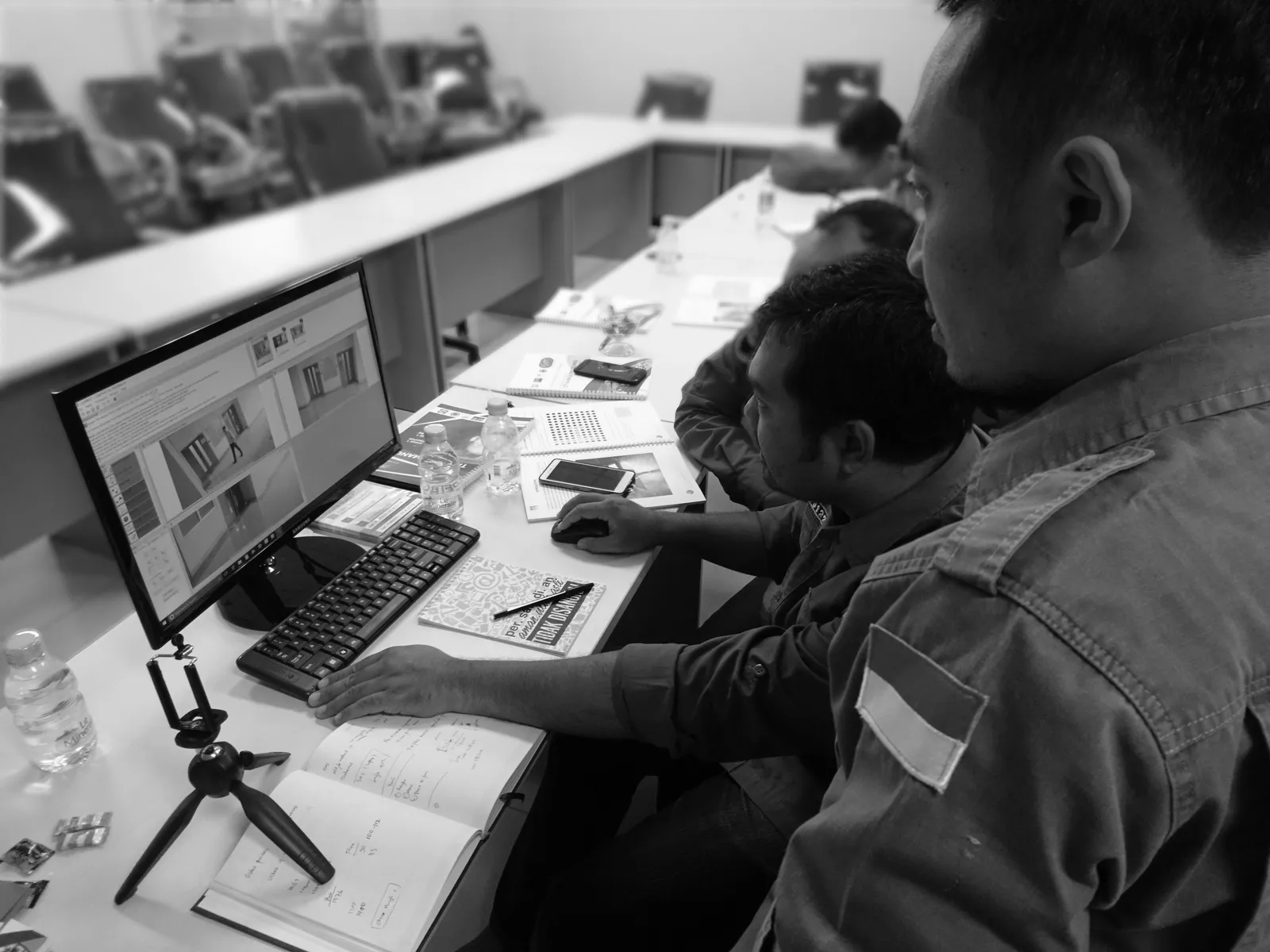Modern criminal investigations require accuracy, repeatability, and comprehensive documentation of physical evidence. Photogrammetry software has emerged as a critical tool in the forensic field, especially when paired with multi view calibration techniques. Together, they enable a crime scene investigator to capture, analyze, and reconstruct crime scenes with a level of precision that was previously difficult to achieve. This blog explores the functionality, importance, and real-world application of these technologies in forensic investigations.
Understanding Photogrammetry Software in Forensics
What Is Photogrammetry Software?
Photogrammetry software processes photographic images to create precise 2D and 3D models of environments. In a forensic context, this enables crime scene investigators to document spatial relationships between evidence, structural features, and environments without physically disturbing the scene.
Unlike traditional photography, which captures only what’s visible, photogrammetry uses overlapping images taken from different angles to compute depth, dimensions, and surface details. This is crucial in preserving the integrity of crime scenes for later analysis or courtroom presentations.
Key Features for Crime Scene Use:
-
High-resolution 3D modeling
-
Measurement tools for evidence distances
-
Scene reconstruction from multiple viewpoints
-
Image stitching and perspective correction
The Role of Multi View Calibration in Scene Accuracy
Why Multi View Calibration Matters
Multi view calibration aligns multiple images from different angles by adjusting for the camera’s internal parameters (lens distortion, focal length) and external parameters (position and orientation). This ensures geometric accuracy, which is essential when reconstructing a crime scene for analysis or court evidence.
Benefits of Multi View Calibration in Crime Scenes
-
Removes lens distortion for realistic modeling
-
Ensures spatial consistency across photos
-
Enhances the dimensional accuracy of reconstructed scenes
-
Improves compatibility with measurement tools
A calibrated multi-camera setup ensures that the 3D point cloud or mesh generated by the photogrammetry software reflects the real-world geometry of the scene. This enables investigators to perform accurate distance and angle measurements critical in shooting incident reconstructions, bloodstain trajectory analysis, or collision investigations.
How Crime Scene Investigators Use These Tools
Practical Applications in Crime Scene Investigation
-
Reconstructing complex environments like accident sites or indoor crime scenes
-
Documenting hard-to-reach or hazardous areas safely using drones or elevated photography
-
Time-stamping and archiving scenes for re-analysis
-
Collaborating with legal teams, experts, and juries using immersive 3D models
Real-World Workflow
-
The investigator captures photographs from various angles.
-
The images are uploaded to photogrammetry software.
-
Multi view calibration is applied for alignment and accuracy.
-
The software generates a 3D model, which can be explored, measured, or exported.
-
Findings are documented in reports, shared, or used for expert testimony.
Conclusion
The integration of photogrammetry software and multi view calibration has transformed how a crime scene investigator documents and analyzes forensic evidence. These tools not only improve the accuracy of reconstructions but also help preserve the integrity of the crime scene long after it has been physically cleared. As digital forensics continues to evolve, such technologies will remain essential for ensuring justice through precision and clarity.
FAQs
Q1: What is photogrammetry software used for in crime scenes?
Photogrammetry software is used to create accurate 3D models of crime scenes from photographs, preserving evidence for analysis and courtroom presentation.
Q2: How does multi view calibration improve scene accuracy?
Multi view calibration corrects for camera distortion and ensures consistent geometry across images, allowing for highly accurate scene reconstructions.
Q3: Can these tools replace traditional crime scene measurements?
While not a replacement, they significantly enhance traditional methods by offering precise digital measurements and permanent records.
Q4: Is photogrammetry applicable to both indoor and outdoor crime scenes?
Yes, it is suitable for a wide range of environments, including confined indoor spaces and expansive outdoor areas.
Q5: Are special cameras required for photogrammetry?
While professional-grade cameras improve results, photogrammetry software can work with standard digital cameras if images are taken correctly and calibration is applied.



